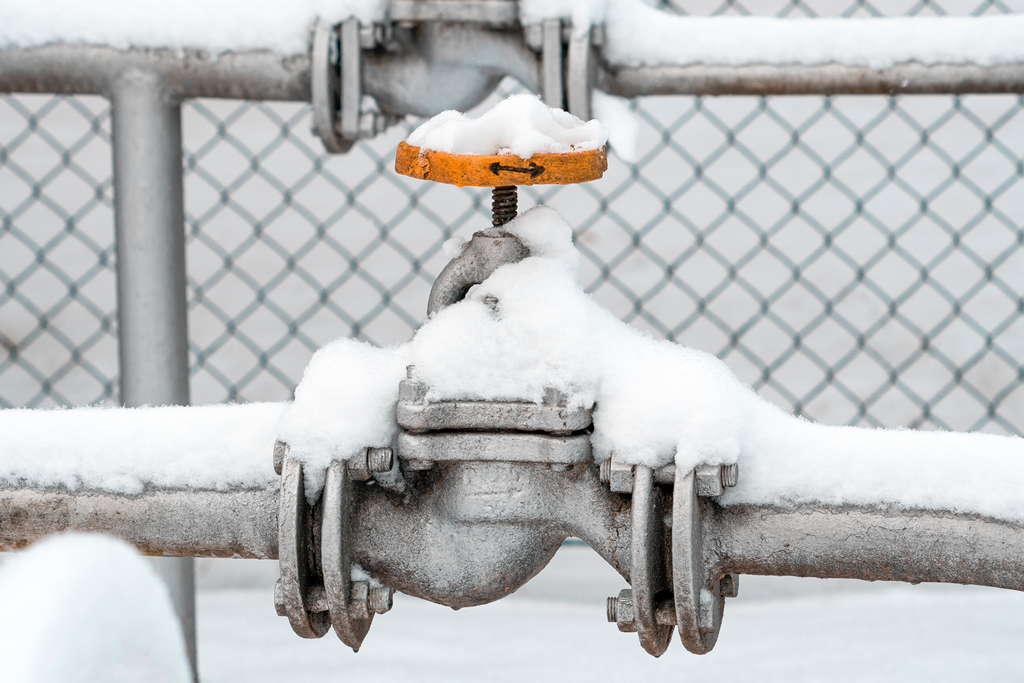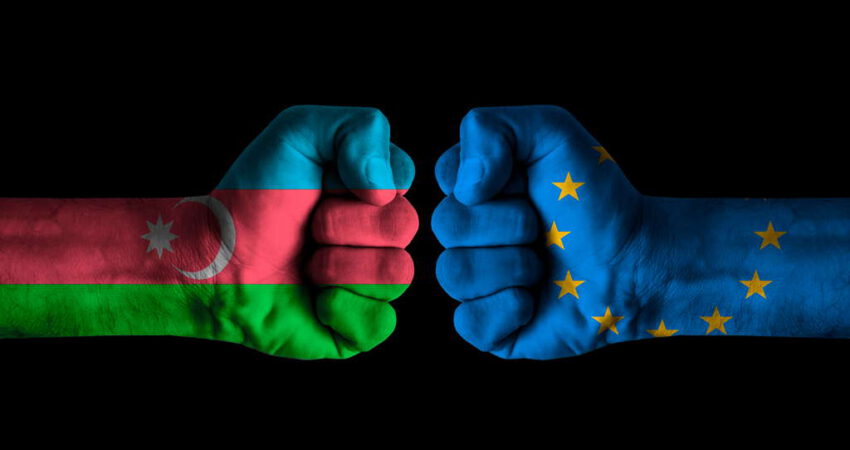Adobe Stock: 247355603
Last year the European Union took a number of serious steps towards reducing dependence on Russian energy and diversifying its suppliers of gas and oil. In particular, in July 2022, Brussels signed a memorandum of understanding with Baku on strategic partnership in the energy sector. The document envisages that supplies of gas from Azerbaijan will double in the next five years and by 2027 Baku will supply Europe with at least 20 billion cubic metres (bcm) of gas per year.
The memorandum is already being implemented, entirely successfully: European buyers of Azerbaijani gas already include Italy, Greece, Bulgaria and Romania. It is expected that in the fourth quarter of 2023 gas supplies will begin from Azerbaijan to Hungary. As a whole over the last year, Baku has already seriously increased gas exports to Europe – by almost 40% according to Azerbaijan’s Ministry of Energy.
However, for a whole range of reasons the prospects for further growth in supplies of gas by Azerbaijan are not very clear. First and foremost, as the majority of experts note, a virtually insurmountable barrier on this path is the current almost full loading of both the Trans Adriatic Pipeline (TAP) and the Trans-Anatolian Natural Gas Pipeline (TANAP), which would allow fuel to flow from Azerbaijan. The capacity of these pipelines is no more than 10 bcm and 16 bcm per year, respectively.
Azerbaijan is prepared to talk about expanding the Southern Gas Corridor (SGC) and TAP in particular. As the country’s president Ilham Aliyev has previously stated, Baku has already begun consultations with partners on the need to increase the annual capacity of TANAP from 16 to 32 bcm and that of TAP from 10 to 20 bcm. “Without this, it will be difficult to guarantee additional supplies of gas,” he remarked.
Speaking at the Baku Energy Forum at the beginning of June, Minister of Energy Parviz Shahbazov confirmed that for additional gas supplies over and above the current 11.4 bcm it is essential to increase capacity in the SGC – which will require financing on the part of buyers themselves. “For this to happen, it is vital that there is clearly coordinated activity by partner countries,” he said.
The authorities in Hungary, Romania, Bulgaria and Slovakia endorsed this call. Since their budgets do not extend to even a tenth of the necessary finances to expand the SGC, they have approached the European Commission with a request that it allocates funds to develop the infrastructure for supplying Caspian gas to Europe.
However, realizing these plans involves essential financial outlay on such an incredible scale that virtually no experts see the possibility of them being implemented by 2027 as announced. In particular, this conclusion is found in a report by the Institute for Research in Economic and Fiscal Issues: “In theory, it all looks good. Azerbaijan will sell more gas, which means more income for the country and more gas for Europe. Yet, Azerbaijan may not be able to supply all that gas, and it is not evident that the existing pipelines can carry it”, the document states.
Apart from this, the report’s authors note, increasing the capacity of the existing gas pipelines will require vast expenditure. “Yet, just doubling the transmission capacity of the TAP gas pipeline will cost at least 1.5 billion euros. In a similar vein, TANAP’s transmission capacity is expandable from 16bcm to 32bcm, but requires the construction of four additional pump compressors. TANAP, which has the longest distance (1,811 km) and the largest diameter (56″), requires more investments compared to TAP”, the report states.
The Oxford Institute for Energy Studies inclines towards similar figures in its assessments. As the authors of a report by the Institute states, increasing the capacity of TANAP to 32 bcm of gas per year and setting up the five additional compressor stations needed to transport an additional 10 bcm from Azerbaijan to Europe will require investment of around $4 billion. Meanwhile, total expenditure for financing expansion of the pipelines to realize the 20 bcm of gas that Azerbaijan has promised the EU amounts to around $7 billion per year.
According to Senior Visiting Fellow at the London School of Economics and Political Science Gubad Ibadoghlu, so great are the financial challenges associated with increasing gas supplies from Azerbaijan to Europe, as well as the size of investment necessary to increase the capacity of the pipelines – which is estimated at several billion US dollars – that this creates significant difficulties for investors, companies and buyers alike.
In Baku it is expected that part of this sum will be provided by international investment banks and part by the Azerbaijani government in the form of bonds in the country’s SOFAZ state oil fund. In an interview with the Financial Times, the country’s deputy foreign minister Elnur Mammadov stated that Baku will only be able to double exports of gas to Europe if there is investment in its pipeline system and long-term contracts are agreed for buying the fuel.

Adobe Stock: 550849049
Meanwhile, experts at the Oxford Institute for Energy Studies note a whole range of financial risks with such investment, which could ultimately deter potential sources, particularly international banks, from making unreliable investments. Among these risks is Azerbaijan’s economy, which is almost entirely dependent on natural gas prices. As noted in the Institute’s report, despite the current high level of gas prices, the volatility of these prices is always extremely high and beyond the control of the borrower.
The experts also say that the EU’s current policy, which is aimed at increasing use of alternative energy sources, could become the main risk to financing the expansion of TAP and TANAP. It is not impossible that this policy will bear fruit as soon as 2027 and Brussels’ energy problems will be at least partially resolved, meaning potential European customers would not be interested in acquiring the previous volumes of gas.
Among other problems hindering implementation of the memorandum Azerbaijan has signed with the EU, Gubad Ibadoghlu for his part identifies Azerbaijan’s growing domestic demand for fuel as well as insufficiently high rates of gas extraction by the country. He doesn’t rule out that these factors could undermine the agreements that have been reached.
It will require significant time and financial resources to settle all the existing problems. For now, this probably makes the Europeans’ plans to replace Russian imports with gas from Azerbaijan an impossible dream. This is probably well understood in Brussels. Evidence of this is the European Commission’s decision to delay implementation of its plan to reduce gas consumption by EU countries for another year. Moreover, European Commissioner for Energy Kadri Simson predicted a “difficult year” for Europeans in the absence of Russian gas supplies. This is unsurprising, since in 2021, before the war in Ukraine, the European Union imported 155 bcm of gas from Russia but in 2023 it is expected that supply volumes will be no more than 23-25 bcm. For now, the question of fully replacing Russian gas remains unresolved; Europeans cannot afford to relax and must approach winter and the cold weather fully prepared.

